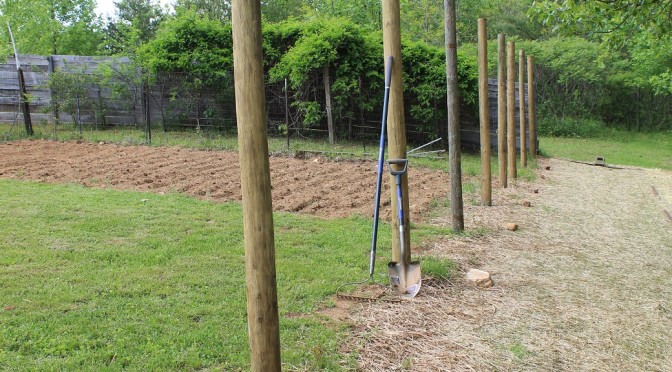| Online: | |
| Visits: | |
| Stories: |

| Story Views | |
| Now: | |
| Last Hour: | |
| Last 24 Hours: | |
| Total: | |
Is Plan B To Turn Your Lawn Into A Garden?
Two Ice Floes.com

IS PLAN B TO TURN YOUR LAWN INTO A GARDEN?
Should this be your ‘Plan B’ for extreme food inflation or shortages, you might want to get a jump start on the work involved because it is not easy and involves a number of factors you may not have considered. I know because we are currently undertaking just such a task.
After moving to our new mountain homestead last summer we bought a large rear tine gas powered garden tiller to turn the earth. Once we decided on the size and brand, Amazon prime quickly shipped it. How much longer we can expect quasi-affordable prices and prompt and inexpensive delivery service for major power equipment in this day and age is anyone’s guess, so you should seriously consider purchasing this or similar power equipment now.
The small garden bed area we turned and planted the prior year was put right to work this year. But before anything was actually planted the process began with mental plans and rough sketches of what we wanted to do with this year’s planting. This year we decided to greatly expand the garden area by a factor of four or more. The problem was that most of the increase is, or was, lawn; a combination of grass and weeds mowed just like the rest of the yard.
Do not assume you have decent soil any deeper than a few inches below the surface of the grass, particularly if your home was built in the last twenty years or so. Most building contractors truck in just enough top soil to lay down a layer of sod or spread some grass seed. Often the soil beneath is of poor quality, filled with rocks and clay or even building debris. You might want to dig some test holes now or be severely disappointed later.
And while you are thinking about soil conditions you might want to consider where you will source the water you will need for your garden, particularly if you live in an area of the country with low rainfall. If you currently have a well, find out when it was dug or drilled, what is its flow and recovery rate and if your neighbors nearby with gardens already in production have problems with their wells.



